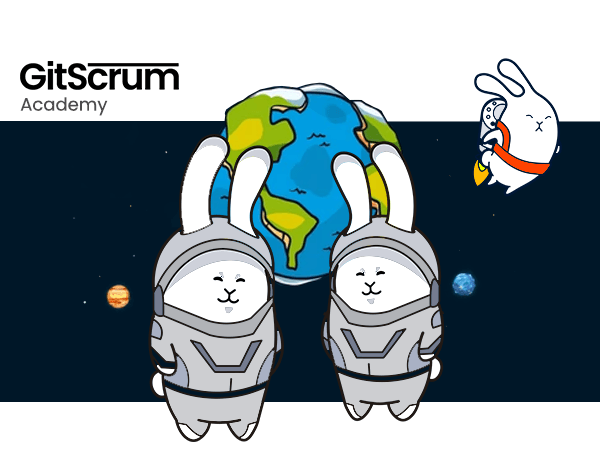
We all know that there are different ways to manage projects, and the way that works best for one team might not work best for another.
GitScrum is a project management software that allows you to manage your projects however works best for you and your team.
With GitScrum, you can create projects, tasks, and milestones; assign tasks to team members; and track progress.
GitScrum is also mobile-friendly, so you can manage your projects on the go.
Project Complexity Factors and Characteristics
Projects come in all shapes and sizes, but certain factors will affect how complex they are. The following are some of the key variables that can contribute to project complexity:
-Number of stakeholders: The more people who need to be consulted or who have a vested interest in the project, the more complex it will be.
-Number of deliverables: The more deliverables a project has, the more complex it will be.
-Scope creep: If the project’s scope keeps expanding, it will become more complex.
-Technical difficulty: The more technically difficult a project is, the more complex it will be.
-Number of dependencies: The more dependencies a project has, the more complex it will be.
-Frequency of changes: The more often changes are made to a project, the more complex it will be.
Types of Project Complexity
There are different types of project complexity and it is important for the project manager to understand and identify them. The two main types of project complexity are simple and complex projects.
Simple projects can be easily understood and don’t have many dependencies, while complex projects have numerous dependencies and are difficult to understand. There are also subtypes of complexity:
-Organizational Complexity: This type of complexity is caused by the number of people or organizations involved in the project.
-Technical Complexity: This type of complexity is caused by the number of systems or technologies involved in the project.
-Process Complexity: This type of complexity is caused by the number of steps or activities involved in the project.
Project Complexity Models
GitScrum can be used for simple or complex projects. In order to help with managing complex projects, GitScrum has added a Project Complexity Model.
This model offers five levels of complexity that a project can be classified in. This will allow for the user to better understand how GitScrum works and how to use it for their project.
The five levels of complexity are:
-Level 1: Straightforward
-Level 2: Manageable
-Level 3: Complex
-Level 4: Difficult
-Level 5: Chaos
Current and Future Approaches to Manage Complexity
Managing complexity is one of the most important aspects of project management. Today’s businesses are constantly changing and growing, which means that projects can become increasingly complex.
As a project manager, it’s your job to identify and address these complexities head-on. There are a few different approaches you can take to manage complexity in your projects.
One is to break projects down into smaller, more manageable tasks. You can also use visualization tools and diagrams to help you understand and track the project’s progress. Additionally, it’s important to be flexible and adaptable to changes as they come up. By using these strategies, you can successfully manage even the most complex projects.
It is evident that a variety of factors and characteristics affect project complexity and that managing these complexities is essential for project success. If a company experiences challenges in completing simple projects, then it is evident that more complex projects will pose an even greater challenge.
The three project complexity models described provide a structure for comprehending and managing project complexities.
Each model has its own set of advantages and disadvantages; however, the hybrid complexity model provides the best approach for managing both simple and complex projects.